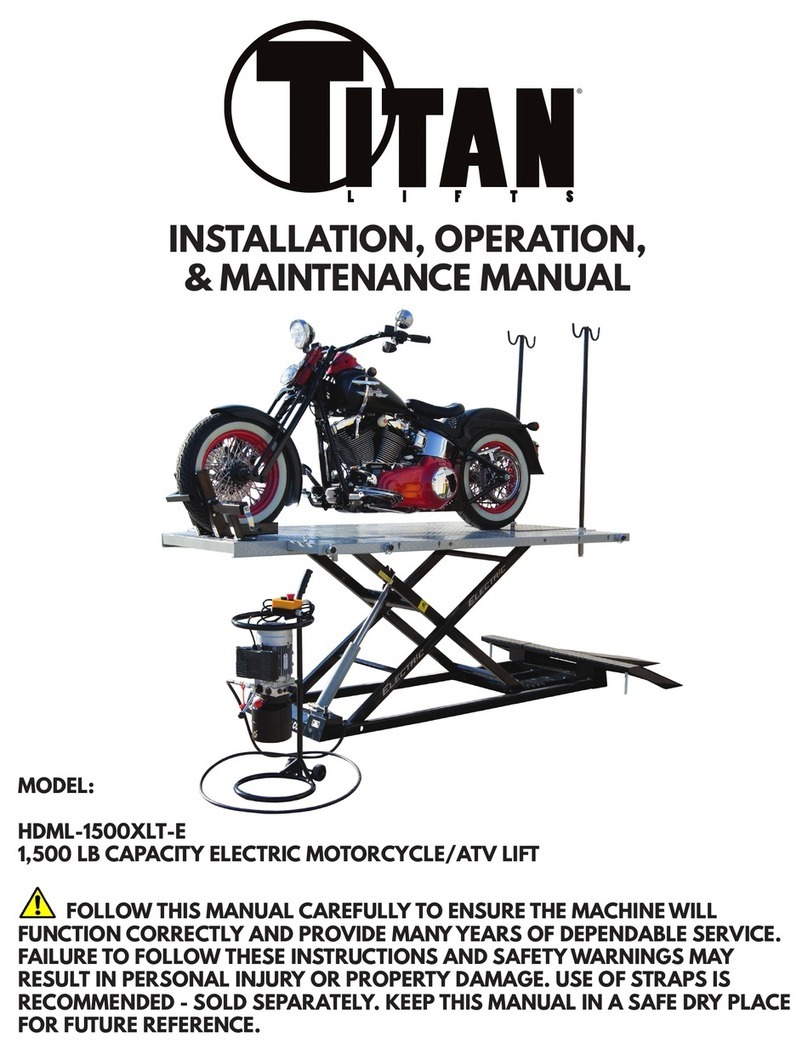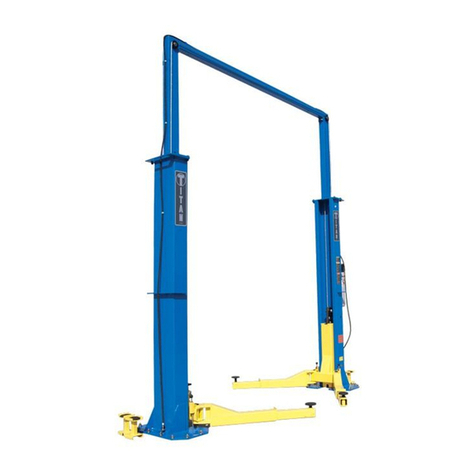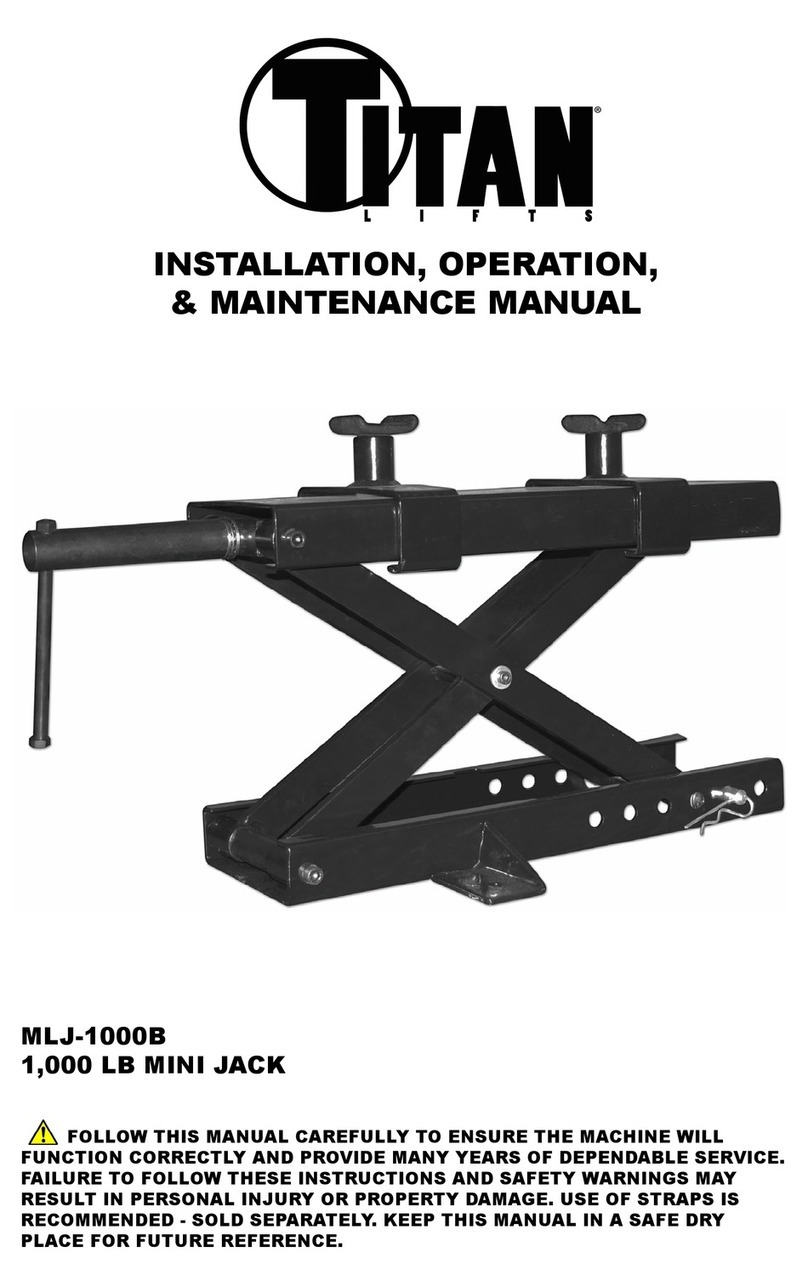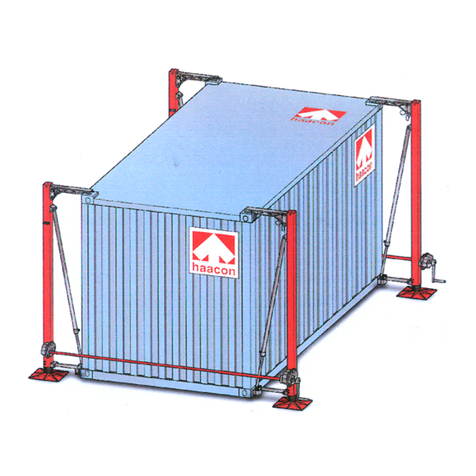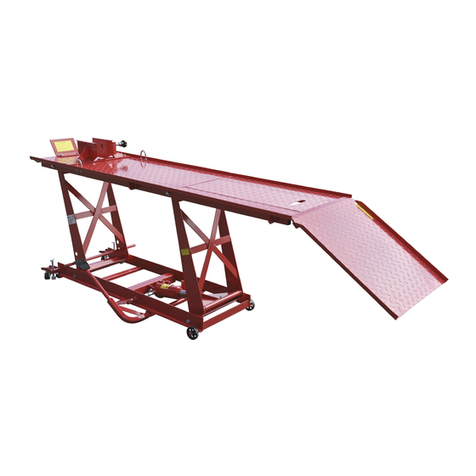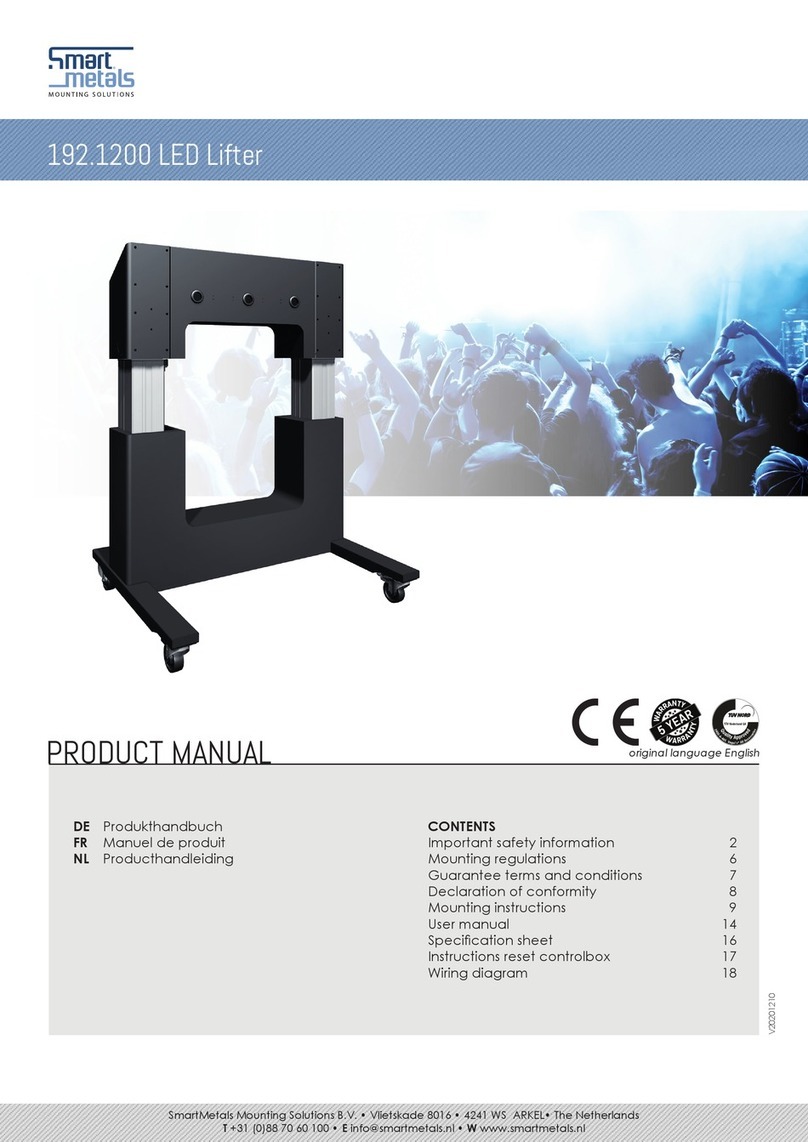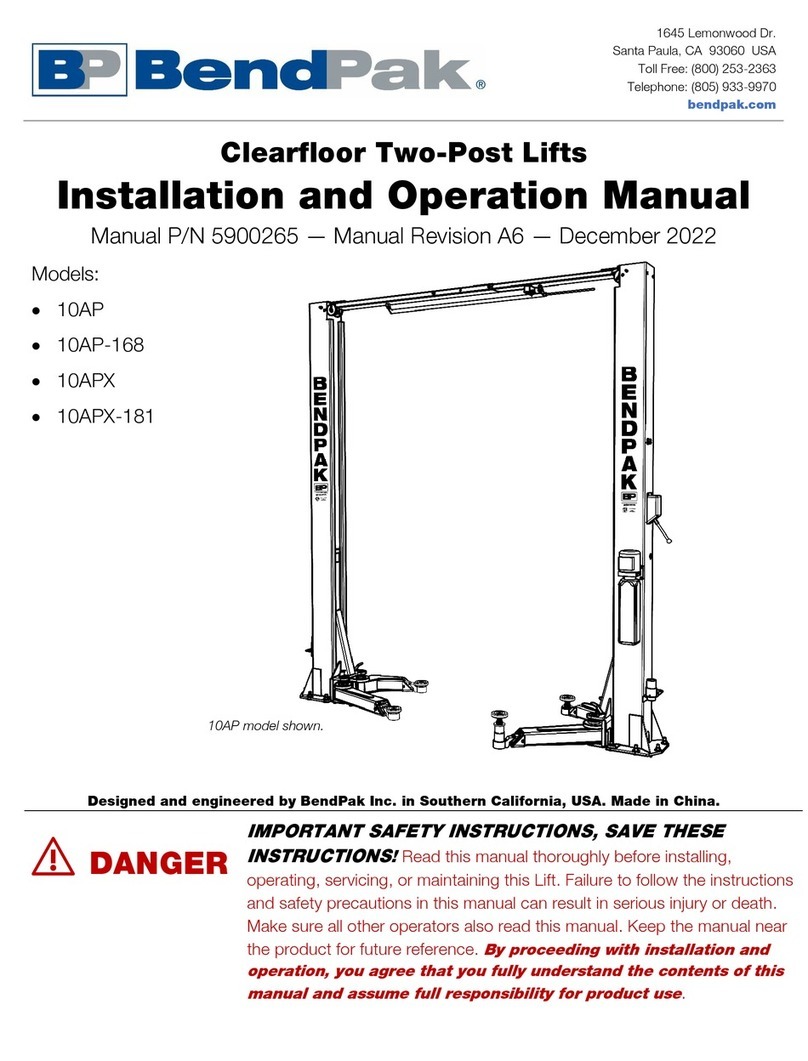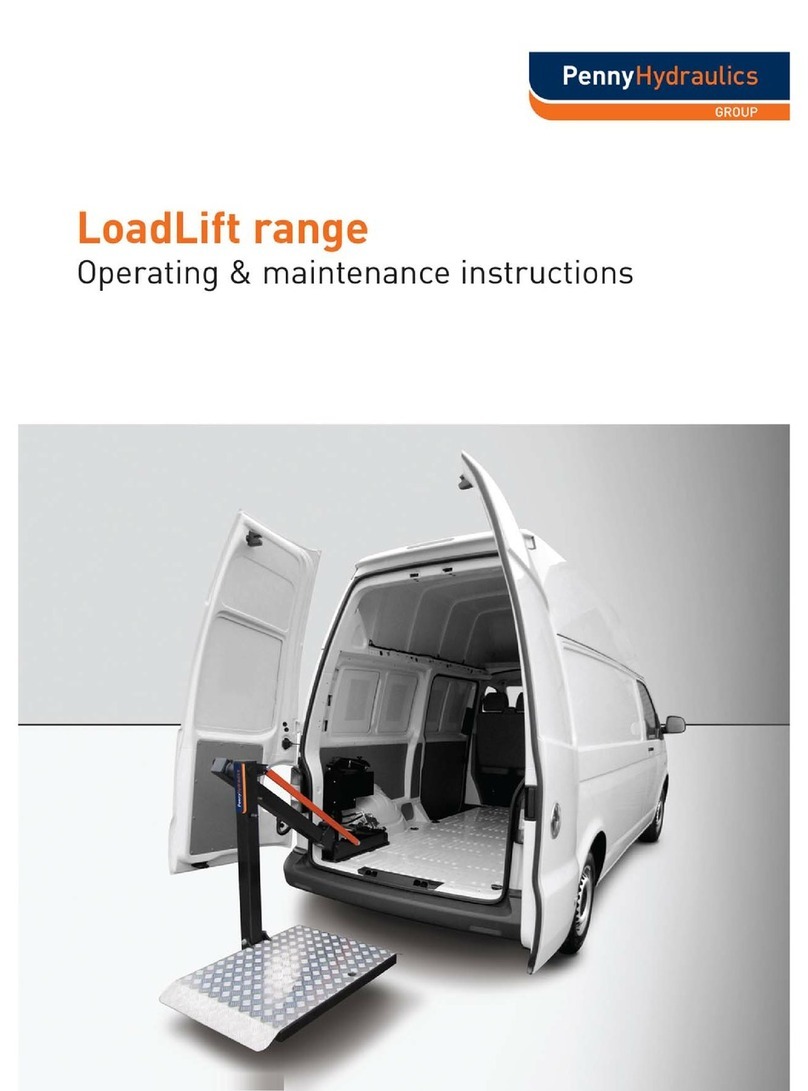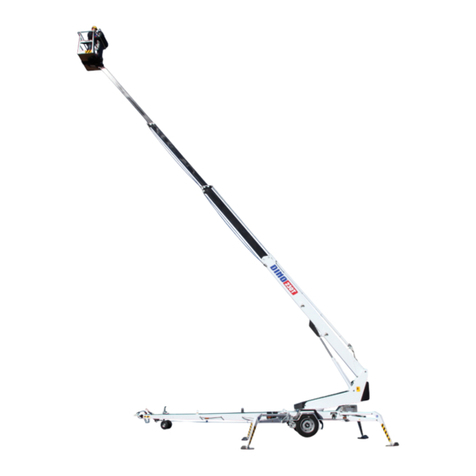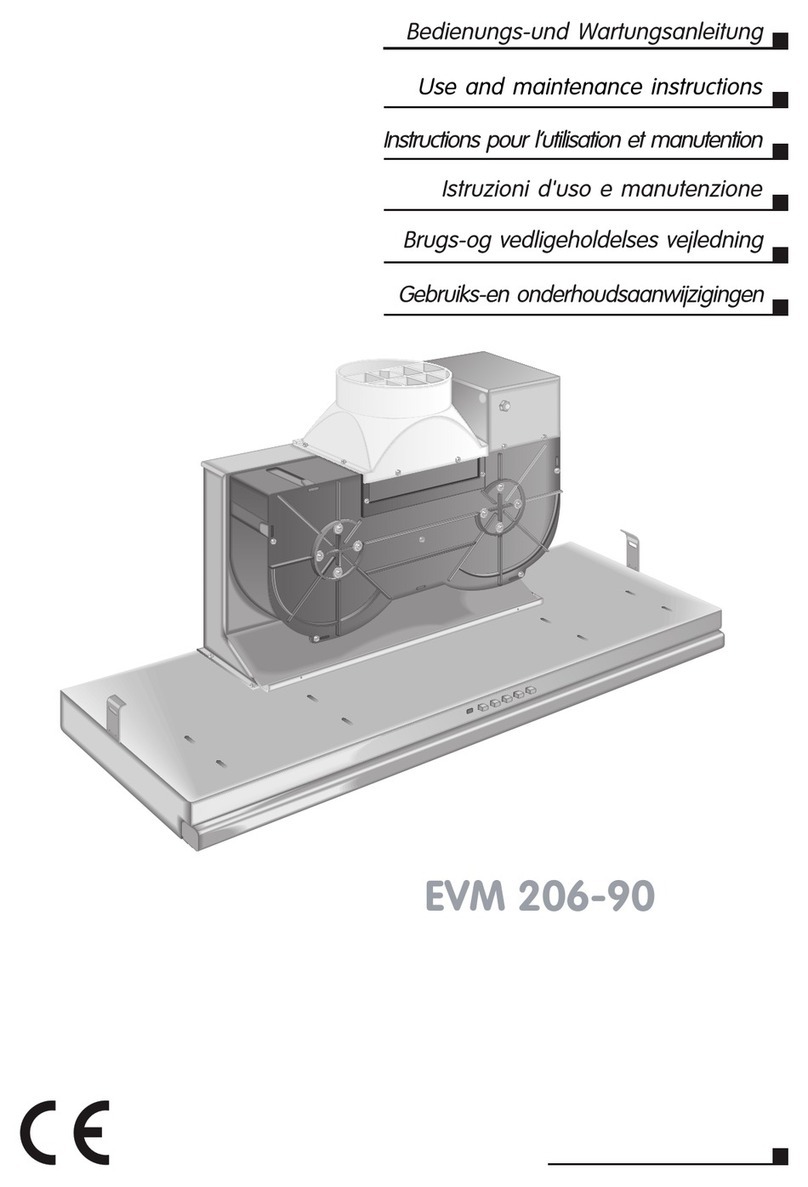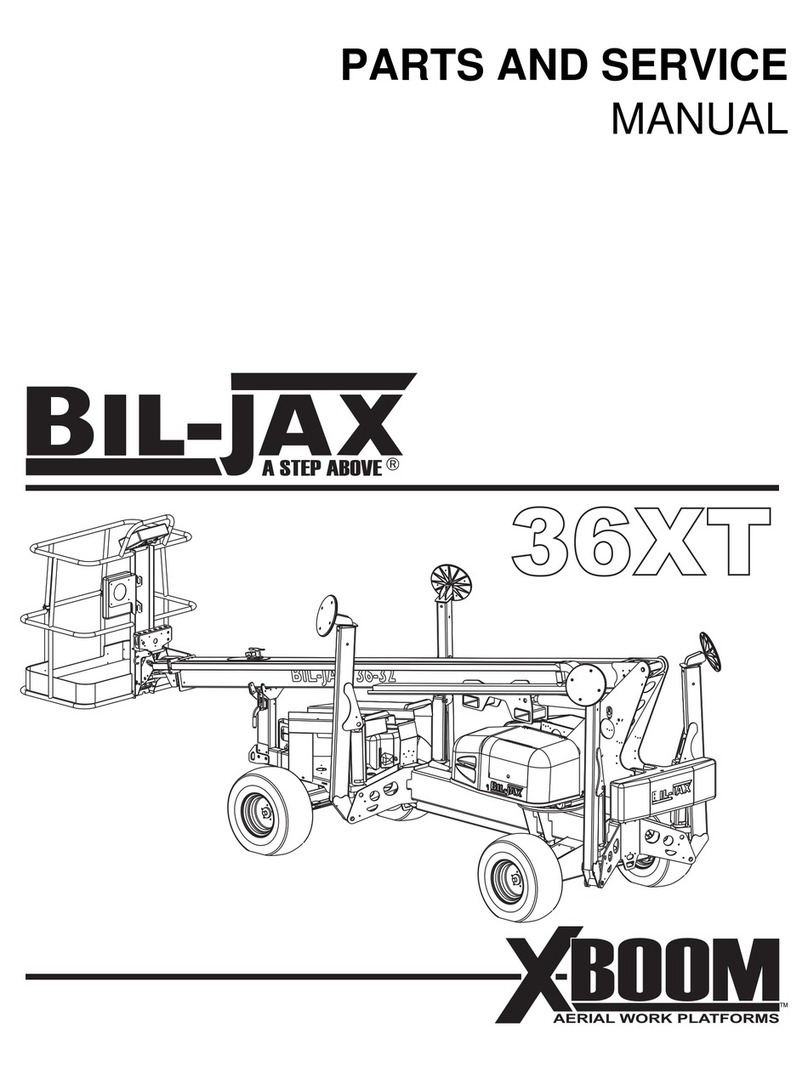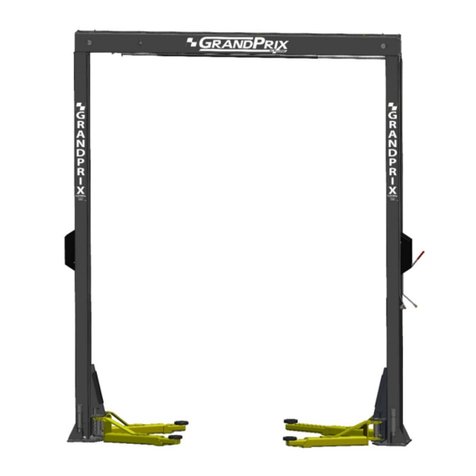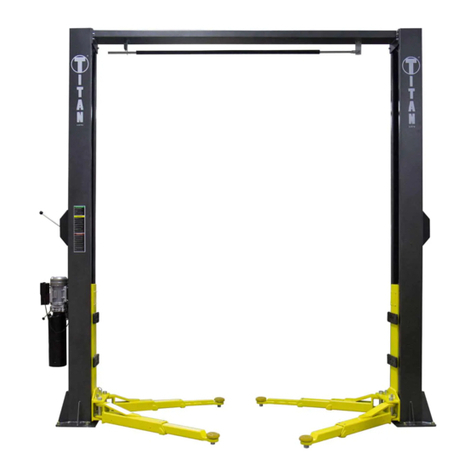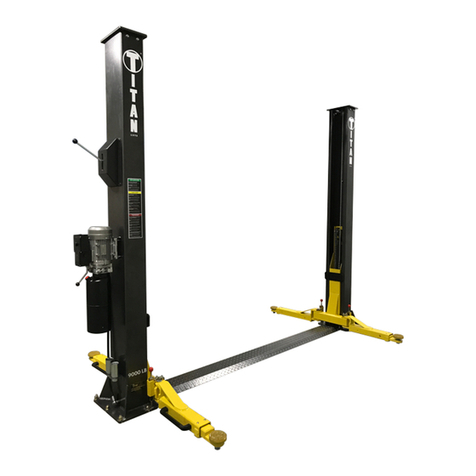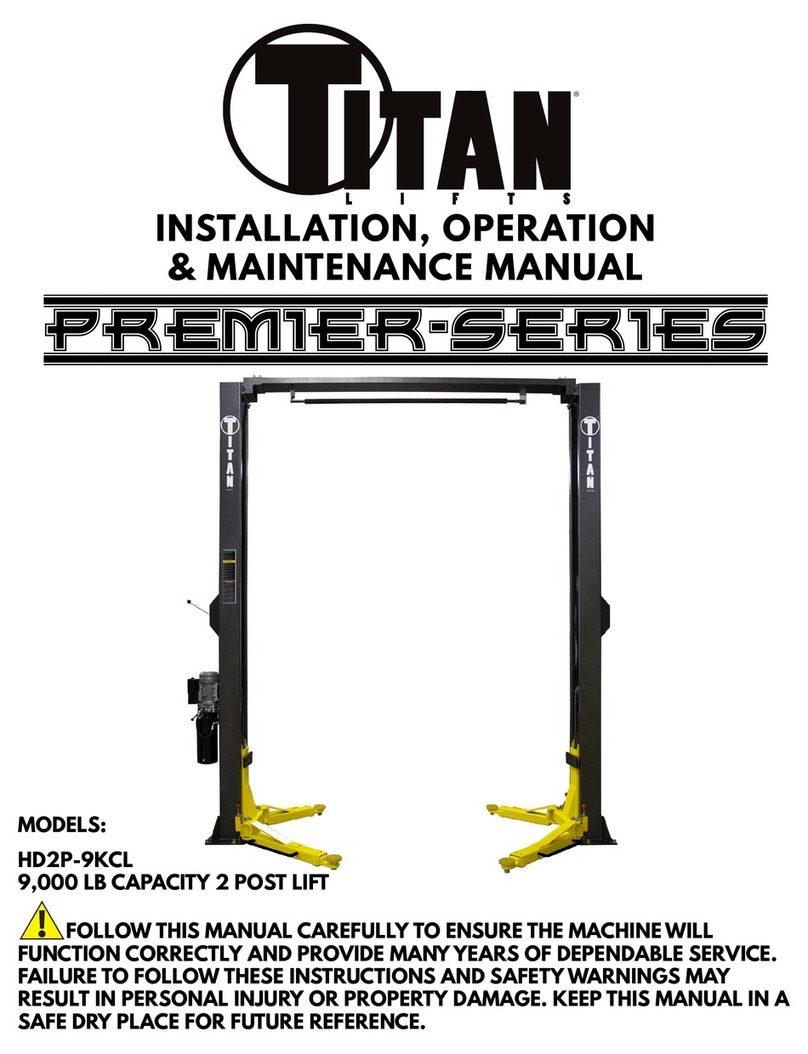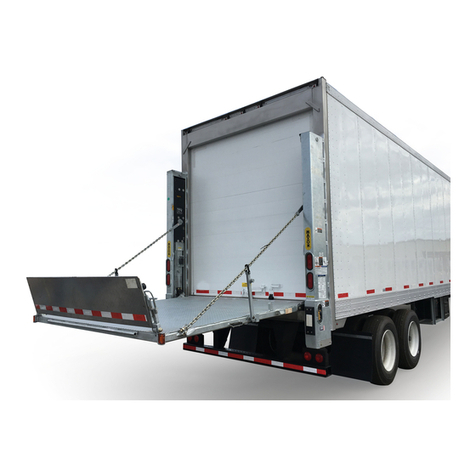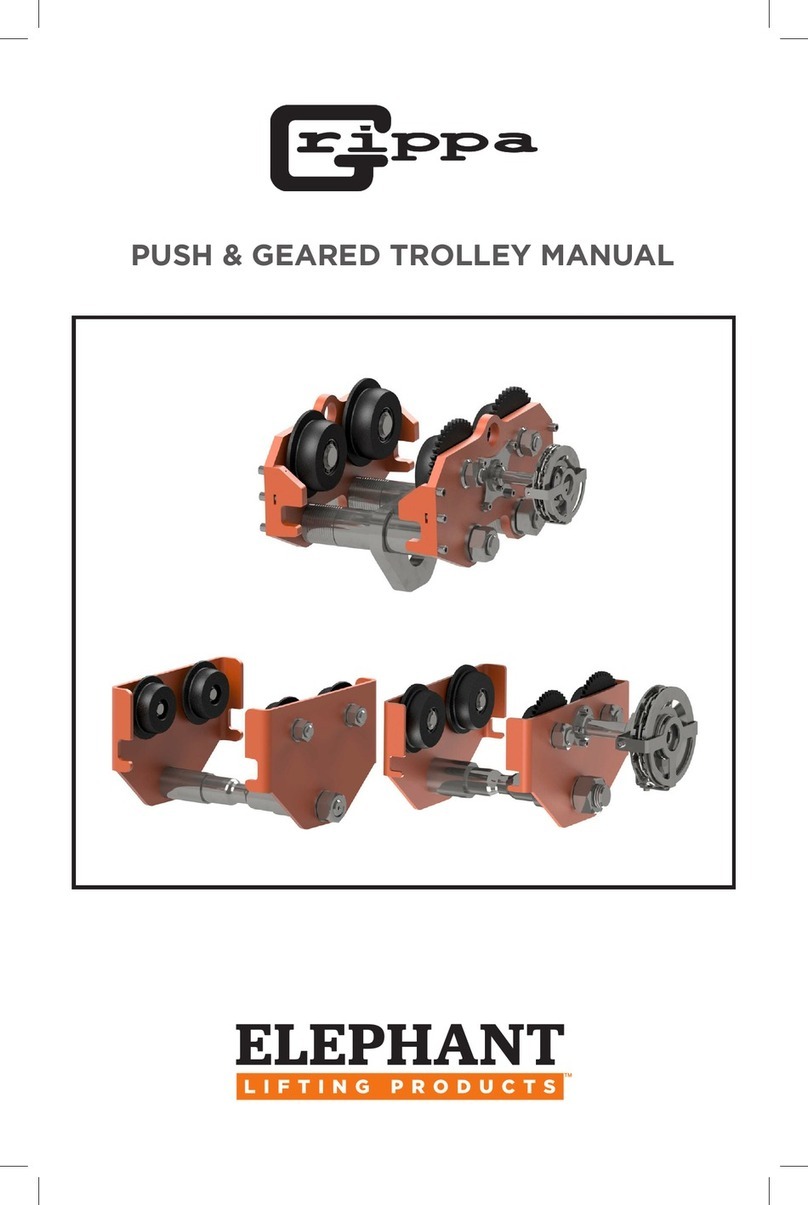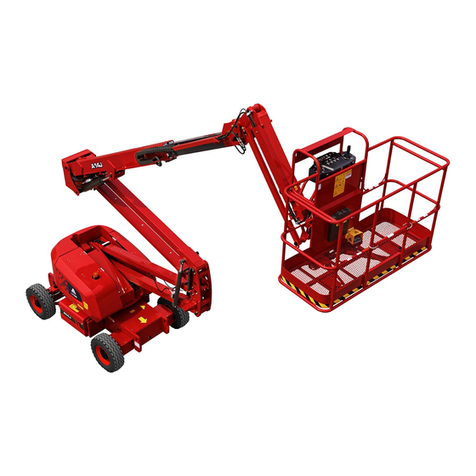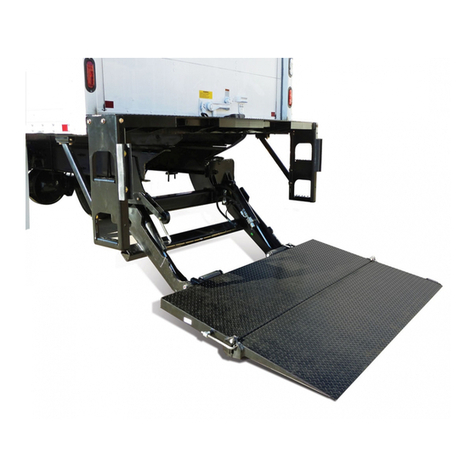
CONTENTS
1-SAFETY .....................................................................................................................1
1.1 INTRODUCTION........................................................................................................................ 1
1.2 SAFETY INSTRUCTIONS FOR COMMISSIONING...................................................................... 1
1.3 SAFETY INSTRUCTIONS FOR OPERATION............................................................................... 1
1.4 SAFETY INSTRUCTIONS FOR MAINTENANCE ......................................................................... 3
1.5 RISKS....................................................................................................................................... 3
2-DESCRIPTION............................................................................................................4
3-UNPACKING & SETUP................................................................................................5
3.1 DELIVERY AND CHECK OF PACKAGES ..................................................................................... 5
3.2 LIFTING AND HANDLING.......................................................................................................... 5
3.3 PREPARATION ......................................................................................................................... 5
4 SPECIFICATIONS .......................................................................................................6
5-FLOOR REQUIREMENTS ............................................................................................6
5.1 SELECTING THE SITE AREA ..................................................................................................... 6
5.2 FLOOR REQUIREMENTS ........................................................................................................... 6
5.3 IMPORTANT CONCRETE AND ANCHORING INFORMATION ..................................................... 7
5.4 ANCHORING TIP SHEET........................................................................................................... 7
6-INSTALLATION INSTRUCTIONS................................................................................8
7-OPERATION INSTRUCTIONS...................................................................................13
7.1 DEFECTS / MALFUNCTIONS....................................................................................................13
7.2 CONTROLS..............................................................................................................................13
7.2.1 UP CONTROL.......................................................................................................................................................................... 13
7.2.2 SAFETY LOCK CONTROL...................................................................................................................................................... 13
7.2.3 LOWERING CONTROL ........................................................................................................................................................... 14
7.3 OPERATION.............................................................................................................................14
8-MAINTENANCE........................................................................................................16
8.1 MAINTENANCE SCHEDULE .....................................................................................................16
8.1.1 DAILY ....................................................................................................................................................................................... 16
8.1.2 WEEKLY ................................................................................................................................................................................... 16
8.1.3 MONTHLY................................................................................................................................................................................ 17
8.1.4 BIMONTHLY............................................................................................................................................................................ 17
8.1.5 YEARLY .................................................................................................................................................................................... 17
8.1.6 EVERY OTHER YEAR.............................................................................................................................................................. 17
8.2 MAINTENANCE BY OPERATOR ...............................................................................................18
8.2.1 HYDRAULIC SYSTEM ............................................................................................................................................................ 18
8.2.2 GREASING POINTS................................................................................................................................................................ 18
8.2.3 OPERATION AND WEAR CHECKS ....................................................................................................................................... 19
8.2.4 LIFT STABILITY...................................................................................................................................................................... 19
8.3 CLEANING ...............................................................................................................................19
9-TROUBLESHOOTING ...............................................................................................20
10-OWNER/EMPLOYER RESPONSIBILITIES................................................................21
11-DIAGRAMS (FIG. 1-5).............................................................................................22
FIG. 1 - MAIN COMPONENTS........................................................................................................22
FIG. 2 - EXPLODED PARTS VIEW ...................................................................................................23
FIG. 3 - ELECTRICAL .....................................................................................................................25
FIG. 4 - POWER UNIT.....................................................................................................................26
FIG. 5 - DIMENSIONS ....................................................................................................................27




















